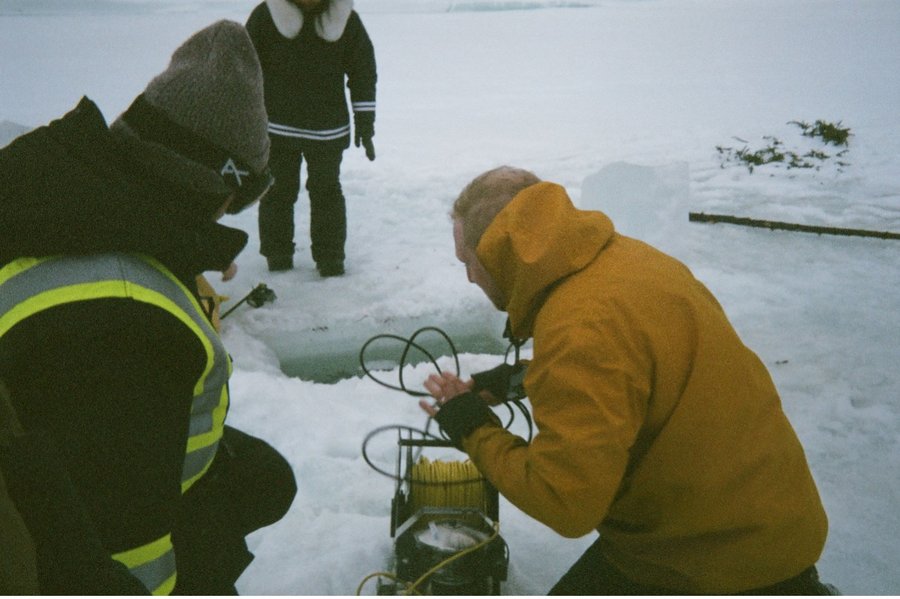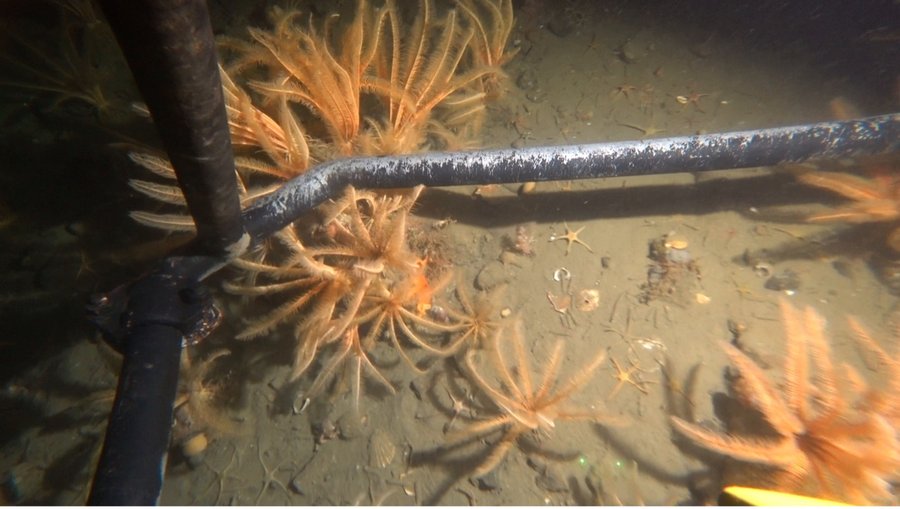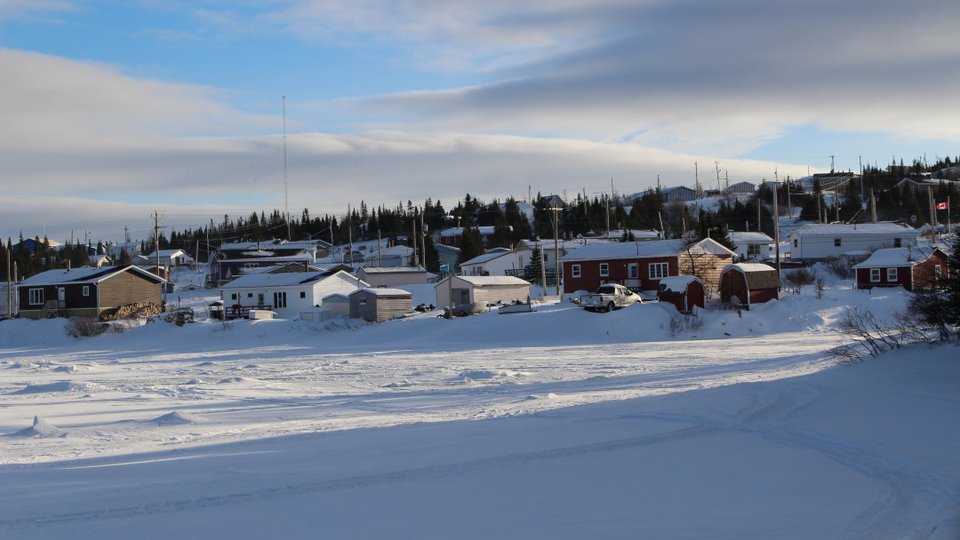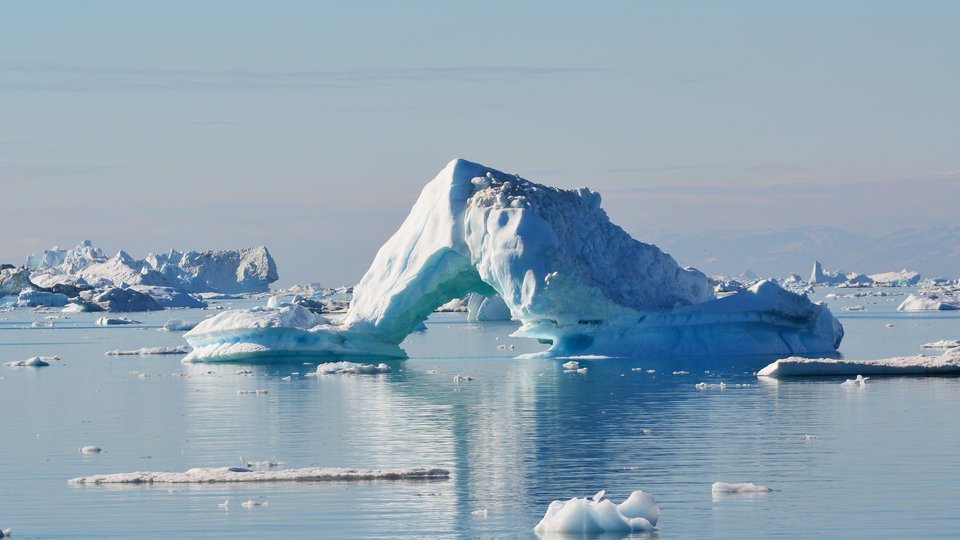
Many years ago, an elementary school teacher in Pangnirtung found themselves wondering at the tireless excitement of the students. As the school year progressed and the seasons changed, the teacher took a spring trip out of Pangnirtung Ffjord towards the endless yawn of Cumberland Sound. Out on the sea ice, sunlight radiant and total, the teacher felt the open space of the landsea. That day, the teacher learned why the students could not sit still in school: “the classroom is too small”.
Under the big sky of Inuit Nunangat, communities rich in culture and history host hundreds of scientists every year. Although scientific inquiry aims to understand our world, it has often left out meaningful elements, usually from lack of awareness. The remedy, I am still learning, is spending more time in the communities.
As scientists our minds are influenced by our surroundings, which in turn influences what we pay attention to. As a marine scientist studying within Inuit Homelands, I’m aware that I come not just with sampling equipment and research questions, but also many biases and blind spots.
I am a Master’s student at the Marine Institute of Memorial University, integrated into the 4D Oceans Lab at an exciting time in marine mapping. Marine benthic ecology is gaining attention in the Arctic as the scientific knowledge gap is glaringly wider than down south [1]. Simultaneously, geopolitics are heating up in the region with rising ocean and air temperatures – leading to new commercial opportunities on national scales. As more attention is aimed at the rapidly changing North, the questions we ask through research will influence what we learn.

Researchers prepare a DeepTrekker coldwater camera for a benthic survey near Nain, Nunatsiavut. (Photo: Myrah Graham)
The research questions I am asking involve benthos, the organisms that live on the bottom of the ocean. Benthos are a foundational community in their roles as nutrient cyclers, food and shelter providers for larger marine species [2]. In the cold polar depths, benthos are considered an indicator of ecosystem health and functioning, making them all the more important to study before climate change causes community phase-shifts [3].
My work involves mapping the distribution of benthos in two regions of Inuit Nunangat: Pangnirtung Fjord, (often referred to as Pang), and Ramah Bay in Nunatsiavut. By using cold-water cameras for video sampling the benthos, and multibeam echo sounders (MBES) for scanning the seafloor, we gain insight as to what benthos are growing on the seabed and where.

View of feather stars, brittle stars, coral, scallop shells, and a sun star in Pang Fjord. (Photo: Myrah Graham)
In the lab, my purview is a 13” monitor, displaying hours of footage of the seabed. Counting and labeling brittle stars, coral and anemones reveals a vibrant benthic community. My enthusiasm grows at the implications of VMEs (vulnerable marine environment) indicator species, and the legal protections this would mean in those areas [4]. Species like soft coral (Akittut ikKamiutak) and sponges (Akittuk) are not only important in the ecosystem, but also afford the potential for conservation as VME indicators.
Marine conservation, though a compelling option, is from the point of view of a marine scientist in a basement lab in St John’s. In recent years, Inuit Tapiriit Kanatami (ITK) is voicing the longstanding imbalance in the relationship [MG1] between researchers and northern communities [5]. Calls for northern-led research, relevant questions and opportunity for co-creation are more front of mind. What will the communities of Nain and Pang gain from this data? Leaving the lab was the only way for me to find out.
At the Nunatsiavut Research Centre in Nain, researcher Kate Ortenzi from Dalhousie University leads us through a participatory mapping exercise. Images of benthos are laid around the word “Nunatsiavummiut”, and our role is to draw relationship lines between them. Community members and Nunatsiavut Government (NG) researchers trace lines from mussels (uviluit) to scallops (mutsojait), as they are often found together. Then to birds, family, jobs, and so on; marking a network of connections over the initially blank map.

Benthic survey workshop in Nain. (Photo: Myrah Graham)
My one contribution: coral can lead to conservation. Although true, the single linear line extending to Nunatsiavummiut feels less like a relationship, and more like a gambit. This is not to say that marine conservation is not important. Rather, conservation is not the raison d’être for the ties community has to the ocean. In both regions, protecting the ocean means ensuring harvesting and cultural activities can continue for future generations.
Over in Pang, youth at the Alookie school shout their excitement for itik (urchins) and matsojak (scallops) when viewing the videos of Pang Fjord. Local delicacies are a major source of interest, but more unexpected questions broaden what I thought marine research could contribute. Had I seen the plane that crashed in the 1950s that was still somewhere in the fjord? Had I ever found a relative lost to the water and never found? The possibilities offered by this new technology extend beyond simple data collection for scientific work. Food, family, and history all hold greater significance in the communities that host our endeavors.
Walking back from the Coop store in Nain, I’m still asking myself: what am I missing from my habitat maps? I’m so inwardly focused, I almost walk into John from the Illusuak Cultural Center. He asks me: “want to go jigging for cod?”. We hop onto sleds with GoPros and soda pop, and drive to a hole in the ice marked with a spruce bow. We spend the late afternoon on the sea ice, rhythmic arm taunting the line, waiting for a bite.

John jigging for cod. (Photo: Myrah Graham)
Patience doesn’t feel trying when teasing, laughing and sharing stories. Taking the time to take things in allowed new perspectives to meet my own. My answer appears: what’s needed is time.
Back in the university classroom, the walls feel tighter than they did before. The horizon of my research now seems broader than simply making habitat maps. Although I still worry about how to include community interests in the habitat maps, I feel optimistic that my field of view has widened enough to make a difference.
P.S: The breadth of our awareness influences what we will perceive. Eternal gratitude to the communities of Nain and Pangnirtung, who widened what I was able to see. Nakummek, Qujanamiik.
References:
- Dinn, C., Zhang, · Xinyue, Edinger, E., & Leys, S. P. (2020). Sponge communities in the eastern Canadian Arctic: species richness, diversity and density determined using targeted benthic sampling and underwater video analysis. 43, 1287–1305.
- Griffiths, J. R., Kadin, M., Nascimento, F. J. A., Tamelander, T., Törnroos, A., Bonaglia, S., Bonsdorff, E., Brüchert, V., Gårdmark, A., Järnström, M., Kotta, J., Lindegren, M., Nordström, M. C., Norkko, A., Olsson, J., Weigel, B., Žydelis, R., Blenckner, T., Niiranen, S., & Winder, M. (2017). The importance of benthic–pelagic coupling for marine ecosystem functioning in a changing world. In Global Change Biology (Vol. 23, Issue 6, pp. 2179–2196). Blackwell Publishing Ltd. https://doi.org/10.1111/gcb.136423.
- Krumhansl, K. A., Krkosek, W. H., Greenwood, M., Ragush, C., Schmidt, J., Grant, J., Barrell, J., Lu, L., Lam, B., Gagnon, G. A., & Jamieson, R. C. (2014). Assessment of Arctic Community Wastewater Impacts on Marine Benthic Invertebrates. https://doi.org/10.1021/es503330n
- Rangeley, R., Neves, B. de M., Campanyà-Llovet, N., Denniston, M., Laing, R., Anthony, K., McCarney, P., McIver, R., Whyte, J., Vance, A. R., Jubinville, I., Hodgson, J., Murphy, A. J., & Cote, D. (2022). Megabenthic biodiversity in culturally and ecologically important coastal regions of Northern Labrador. Ecology and Society, 27(4). https://doi.org/10.5751/es-13637-270447
- Inuit Tapiriit Kanatami. (2018). National Inuit strategy on research. Inuit Tapiriit Kanatami.





